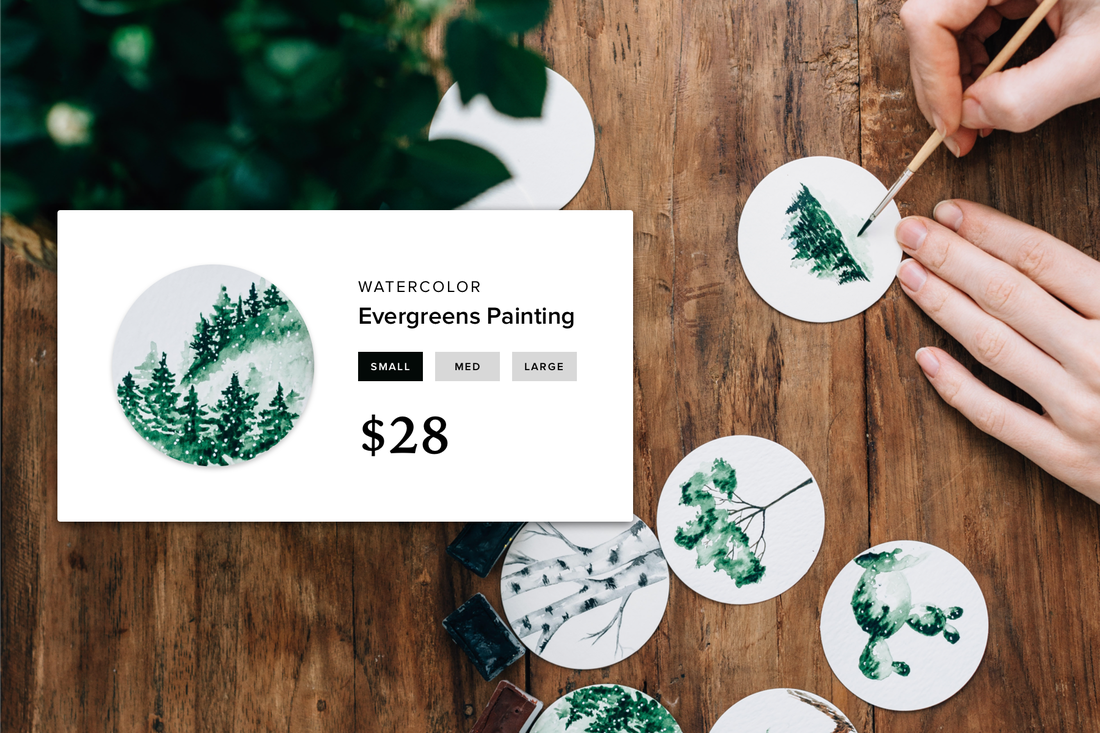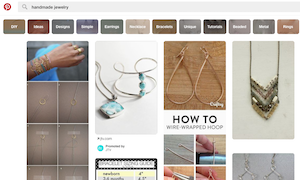In the Internet age, your website is your shop window. It's where people go not only to see what you're selling, but also to learn about who you are, what you stand for, and what makes you different from the competition. Unfortunately, too few business owners take the time to really consider their online presence and craft an identity that helps them stand out.
To help ensure you're using your website to its fullest, here are four areas to focus on to ensure your online identity connects with your customers.
1. Start With a Clear Brand Narrative
Before you think about what your website looks like, it's important to understand your core brand narrative. Simply put, this is the story you want to tell the world about your business. Your core brand narrative should succinctly answer the following questions:
Once you have a firm understanding of your core narrative, you can begin to think about how your website can help you tell your story.
- Why does your business exist?
- What problem are you solving for your customers?
- How are you uniquely positioned to solve this problem?
- What will your customers get, and how will they feel, when they use your product?
Once you have a firm understanding of your core narrative, you can begin to think about how your website can help you tell your story.
2. Consider Your Brand's Visual Identity
With your strategic narrative in place, it's time to think about how your brand looks. Everything from your logo design to your color scheme to your choice of imagery helps to shape how your customers perceive your brand, so it's not something to be taken lightly. While your instincts might be to use your favorite colors or simply pick the first template you see and call it day, it pays to spend some time experimenting until you find the right combination.
Experiment with your website design through custom backgrounds, on-page color changes, and theme testing. You shouldn't be afraid to try different site elements to see how performance changes, but be careful about changing your core identity too frequently. You don't want to risk confusing loyal customers or having them lose trust in your brand.
Experiment with your website design through custom backgrounds, on-page color changes, and theme testing. You shouldn't be afraid to try different site elements to see how performance changes, but be careful about changing your core identity too frequently. You don't want to risk confusing loyal customers or having them lose trust in your brand.
3. Define Your Voice and Tone
Just like your visual identity says a lot about your brand, the way you communicate can make a strong impression on your customer. That's why it's important to consider how your voice and tone sound.
What's the difference between the two? Your voice is like your personality. For example, are you playful or serious? Your tone is more like your attitude. It's how your voice comes to life in communications. So if you have a more playful voice (or personality), your tone (or attitude) might be humorous.
Your voice and tone, along with your visual identity, are all elements of your overall brand personality and they have to match. This goes for your social media and marketing presence as well. If your advertising has a different feel than everything else you create, your customers will be confused when they click through from an ad to your website.
What's the difference between the two? Your voice is like your personality. For example, are you playful or serious? Your tone is more like your attitude. It's how your voice comes to life in communications. So if you have a more playful voice (or personality), your tone (or attitude) might be humorous.
Your voice and tone, along with your visual identity, are all elements of your overall brand personality and they have to match. This goes for your social media and marketing presence as well. If your advertising has a different feel than everything else you create, your customers will be confused when they click through from an ad to your website.
4. Don't Forget the User
As you work through all of these elements to define your brand identity, you must also consider user experience on your site. Will you offer a live chat? Will you feature video demos for your products? How does the navigation work? Better yet, are people using the navigation the way you think they are?
Not only is your user experience a critical component of your identity as a brand, it's also the thing that is most likely to drive a successful transaction. At the end of the day, the most beautiful and cleverly written website in the world won't matter if your customers can't use it.
Not only is your user experience a critical component of your identity as a brand, it's also the thing that is most likely to drive a successful transaction. At the end of the day, the most beautiful and cleverly written website in the world won't matter if your customers can't use it.
 Rob FrappierRob is a creative content strategist from Detroit. When he’s not developing integrated marketing campaigns, he’s probably watching Netflix.
Rob FrappierRob is a creative content strategist from Detroit. When he’s not developing integrated marketing campaigns, he’s probably watching Netflix.





